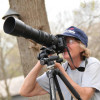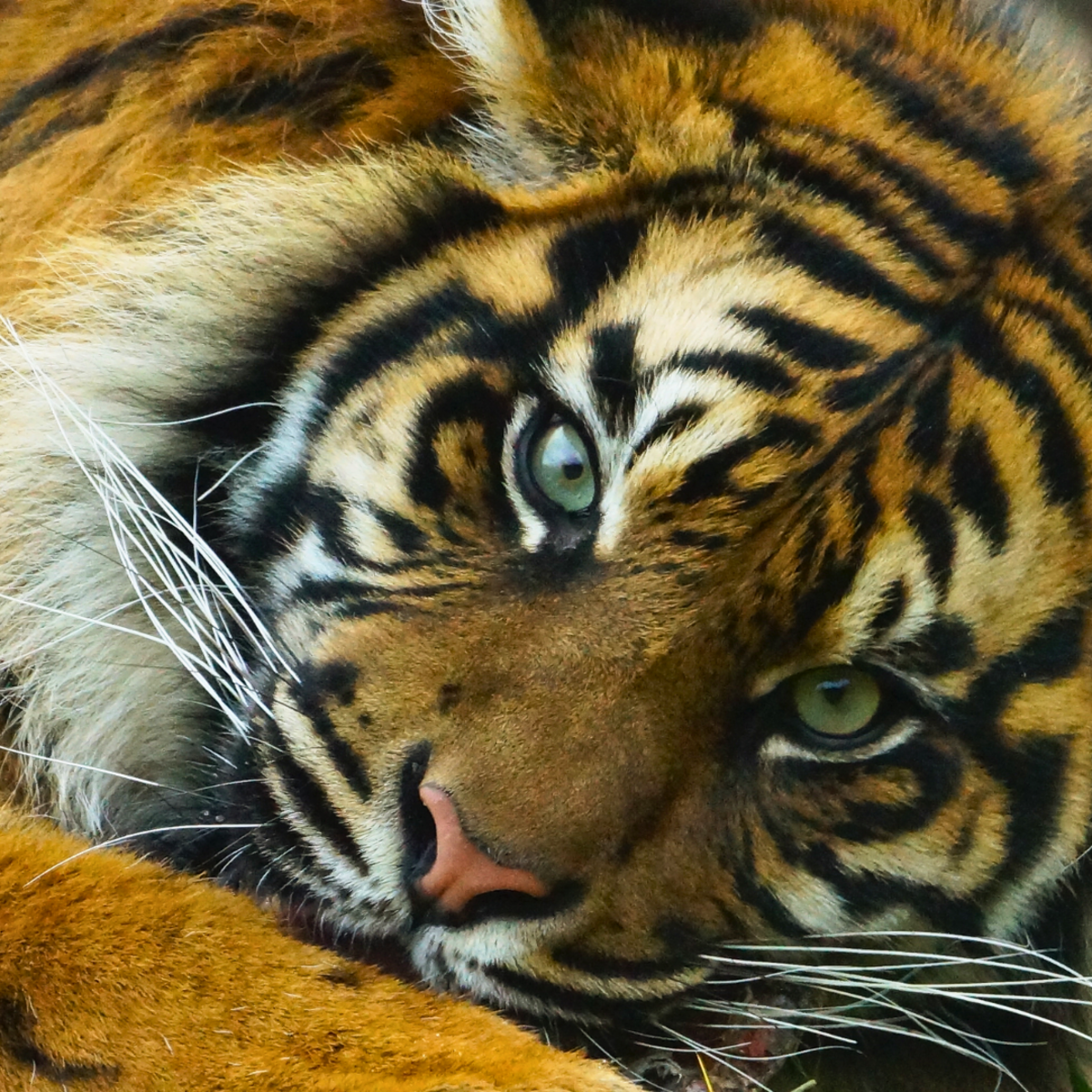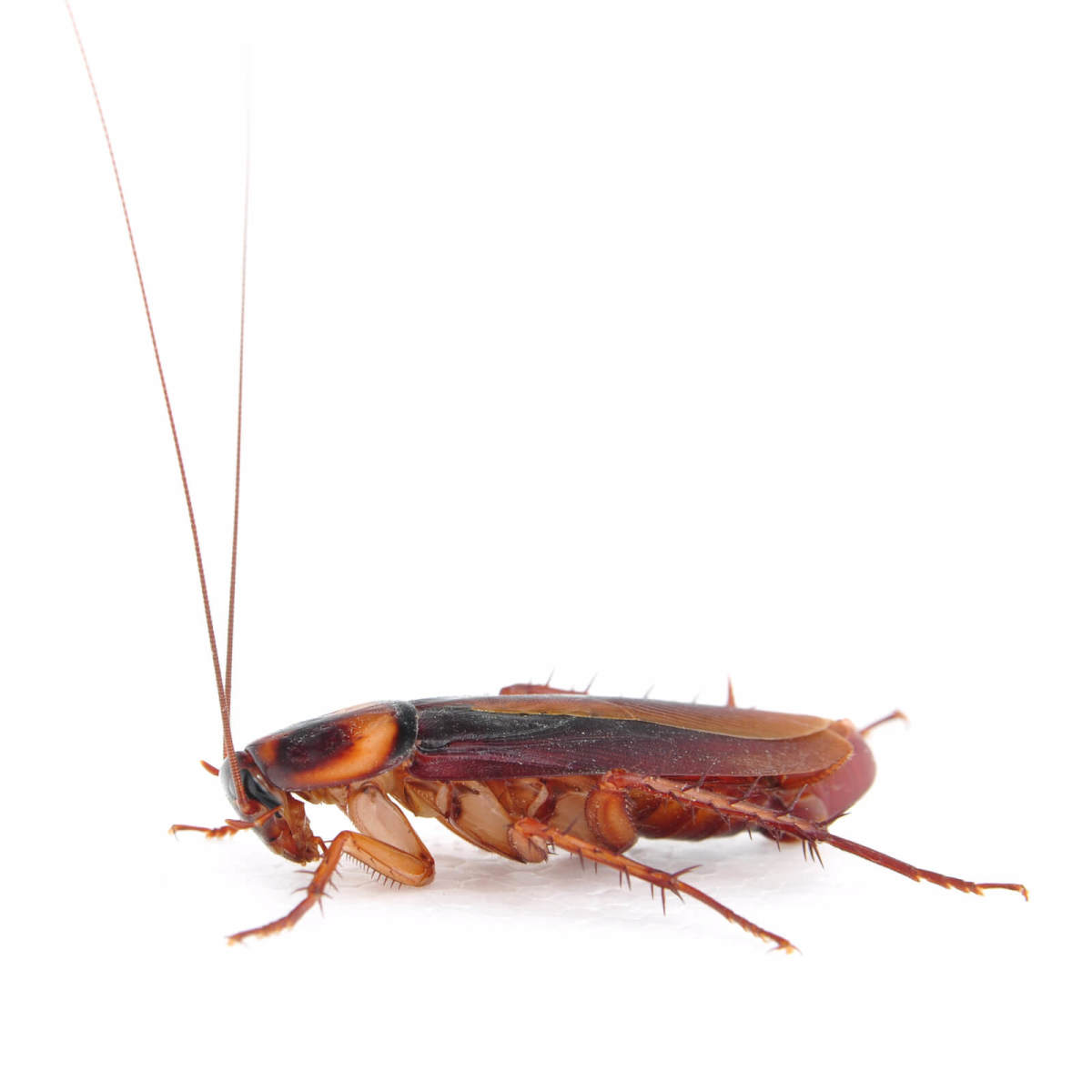Survival of the Species: Adaptability in the Twenty-First Century
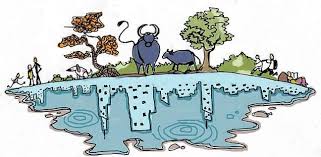
Urbanization and Deforestation Equals Concrete Jungles
In the face of increased urbanization and lack of habitat due to deforestation, the tough bird that is a survivalist gets going where no bird has gone before. Over the past thirty years, a lot of wooded areas and open fields have disappeared, and displaced a number of birds. Some birds have gone elsewhere, but a good many have altered their priorities and adapted to this change. The indicators prove that these birds are thriving, as their counts have gone up instead of down, over that period of time due to the Audubon Christmas Bird Counts.
The urban birds of today are now living in the concrete jungles, and surviving quite nicely. There are Mallards walking around shopping center parking lots with their youngsters in tow, foraging. What will become of them? Historically speaking, many birds will raise their young in the same place that they were born, as it is familiar territory. These Mallards were pointed out to me, and the young were born and raised on the Olive Garden property in Lakeview Pointe Shopping Center in Stillwater, Oklahoma.
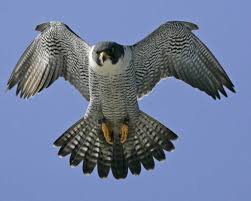
Adaptability Can Only Go So Far
Red-tailed Hawks have been living on balconies and ledges for the past twenty-five years on Fifth Avenue in New York City and raising their young. They have been hunting in Central Park, directly across the street from some of these residences, which hosts a beautiful fish pond, as well. The most famous of these hawks was Pale Male and Lola. A wonderful book by Marie Winn was written about these hawks and their legacy called “Red-tails in Love.”
Another example, in Wilmington, Delaware, a city of 75,000, boasts Peregrine Falcons as their residents. There are even nest cams keeping bird watchers abreast of their activities. This is the fastest bird in the world that can reach over two hundred miles per hour in its classic hunting stoop. Amazingly, even these birds have adapted to city living. They want for nothing, as everything that they need is easily within their range.
Have You Noticed More Unusual Birds Living in the City?
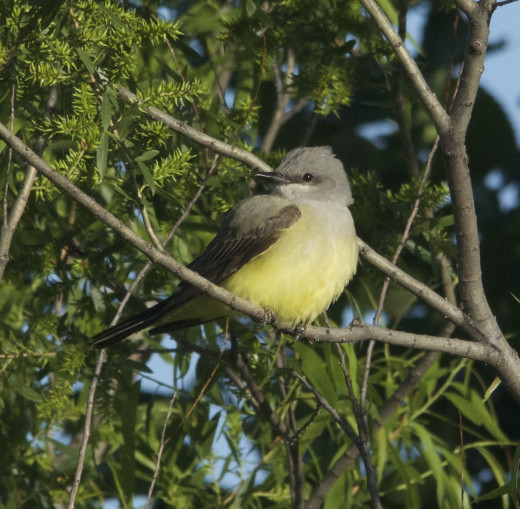
What Does the Future Hold?
Not only are these classic examples now living in the urban sprawl, there are other birds that are also doing the same thing, like the Ring-billed Gull, the Scissor-tailed Flycatcher, the American Kestrel, and the Western Kingbird, just to name a few of them. There are many other birds that are following suit, as well.
Why did this happen and what is the future for birds as a whole?
It is generally a survival instinct for many animals to do what they need to do in order to survive. Many of these tough city birds are handling both noise and light pollution, whereas their country cousins would flee in fear. There are birds like the Northern Mockingbird standing on light poles singing their hearts out at midnight, because their body clocks tell them that they should be awake. These birds have developed coping mechanisms due to where they were born and raised as a result.
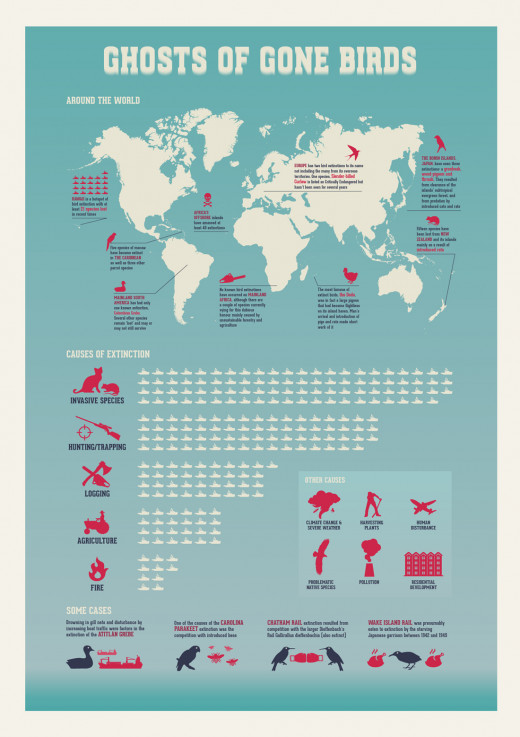
Can They Cope With More Change?
In the midst of human disturbance, worldwide climate change, and ecological diversions, we will continue to identify the species that can cope with these problems, as well as those that will become extinct as a result of this unnatural habitat. We might be able to prepare them for some of the problems that they will likely face in the future, but there are some that will be unable to adapt, due to their DNA and lack of ability to survive these ordeals.
Birds such as the Great Blue Heron simply leave areas that don’t meet their needs for food or living space. They simply cannot adapt or adjust to certain foods that are out of their realm of comfort or necessity. Global warming is hitting some of these birds very hard, so their only way to survive is to go where they can obtain what is mandatory to continue the same quality of life that they have been enjoying for millennia.

The Wave of the Future
Besides global warming, the latest challenge is drilling for oil, now in some of the most pristine areas of the world, like the Chukchi Sea in the Arctic. History has proven the devastation that oil spills have caused, and how easy it is to kill these animals, whose bodies simply cannot cope with carcinogenic poison. Now we are playing Russian roulette with even more delicate species, and I fear for the way that it will play out. Not only will it reach the birds, it will shatter polar bears, seals, and walrus’ lives. The wave of the future is in the hands of our administration. May they choose wisely.
© 2015 Deb Hirt
